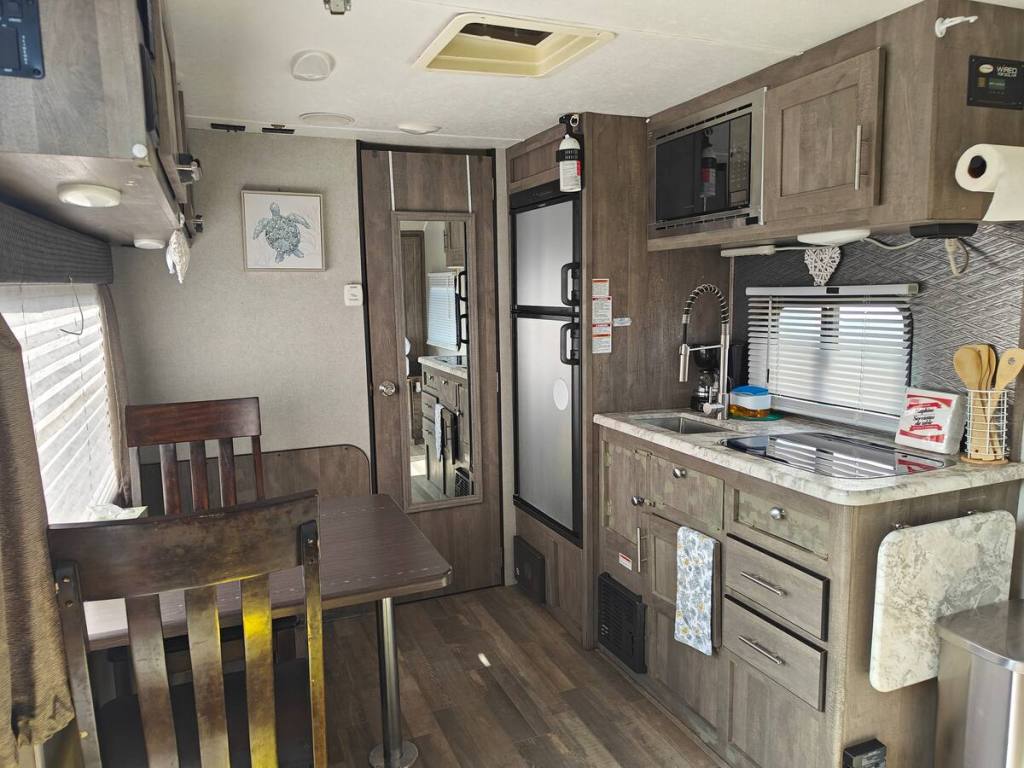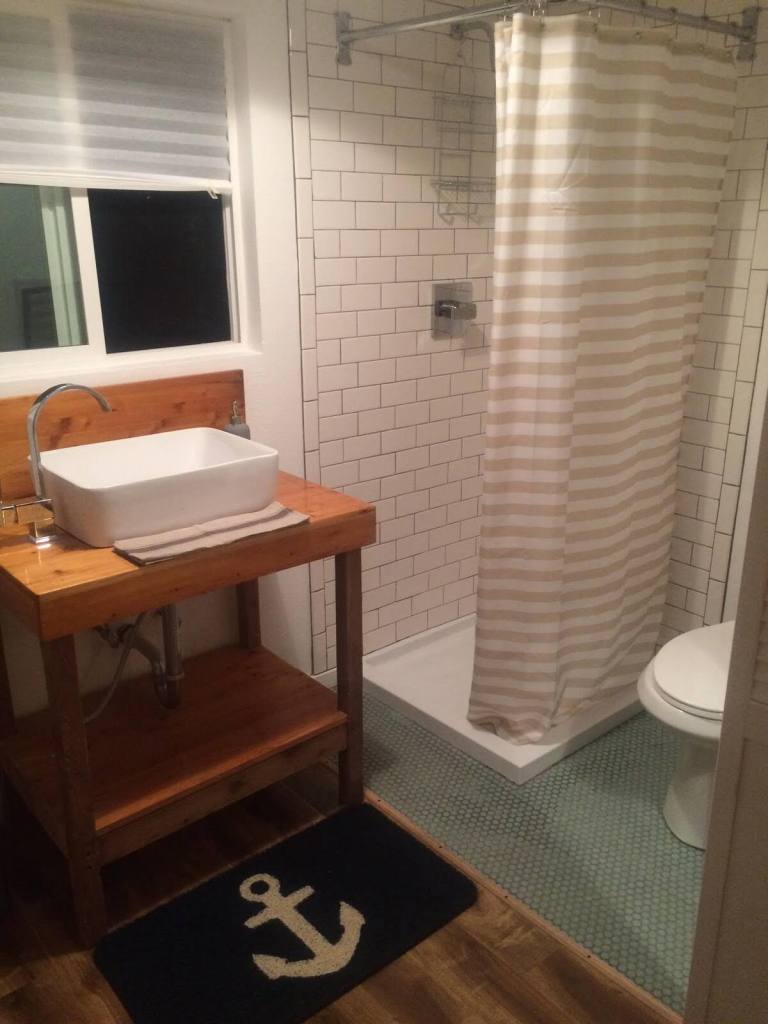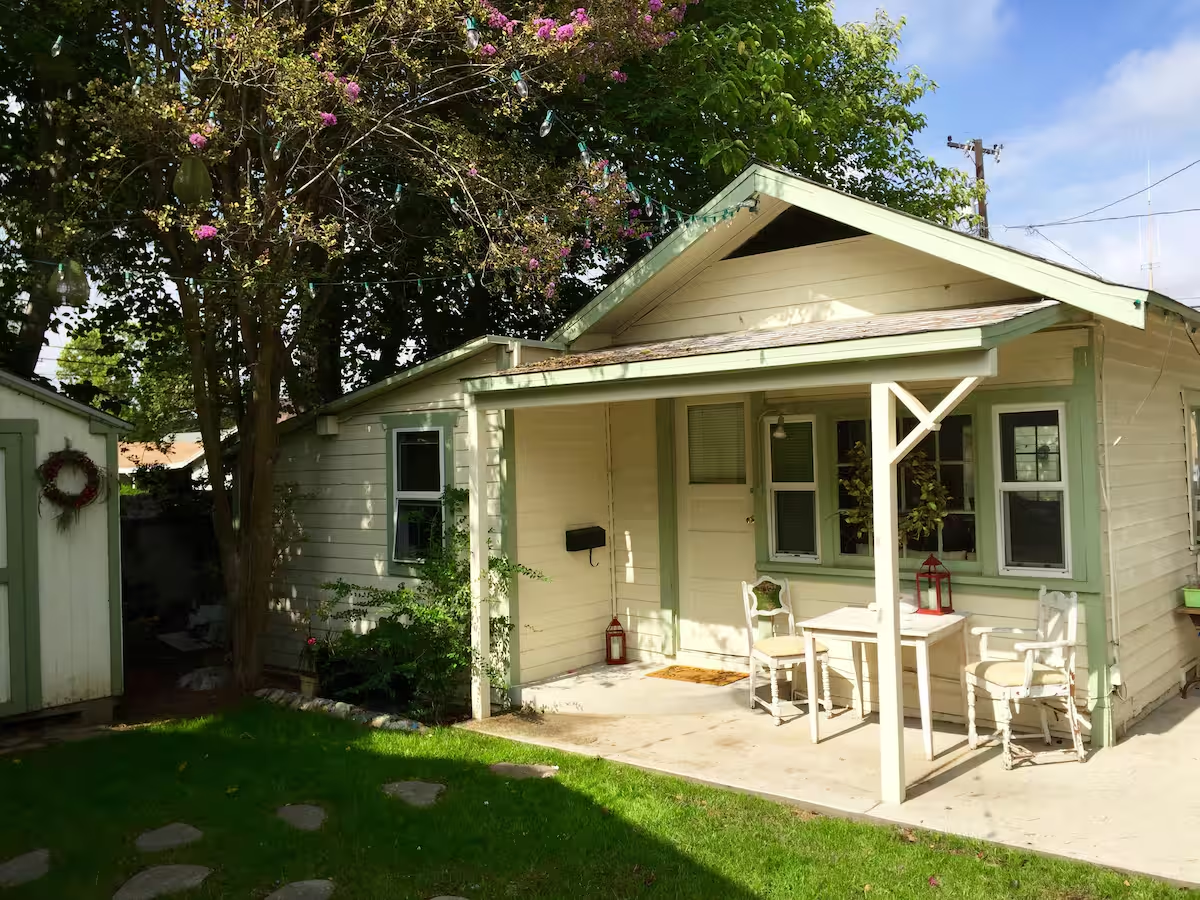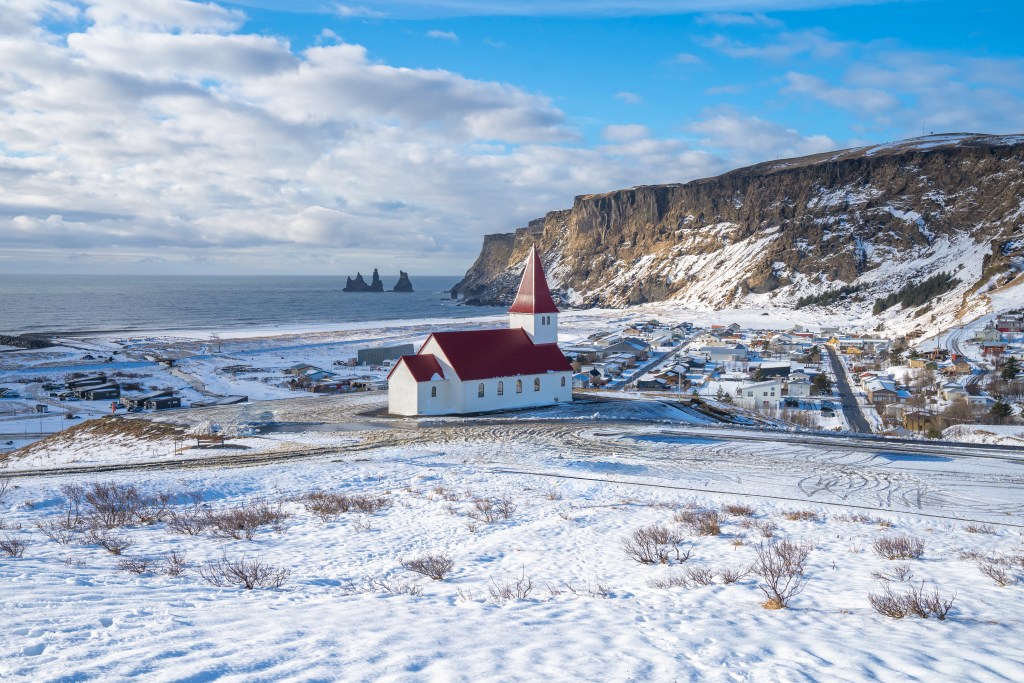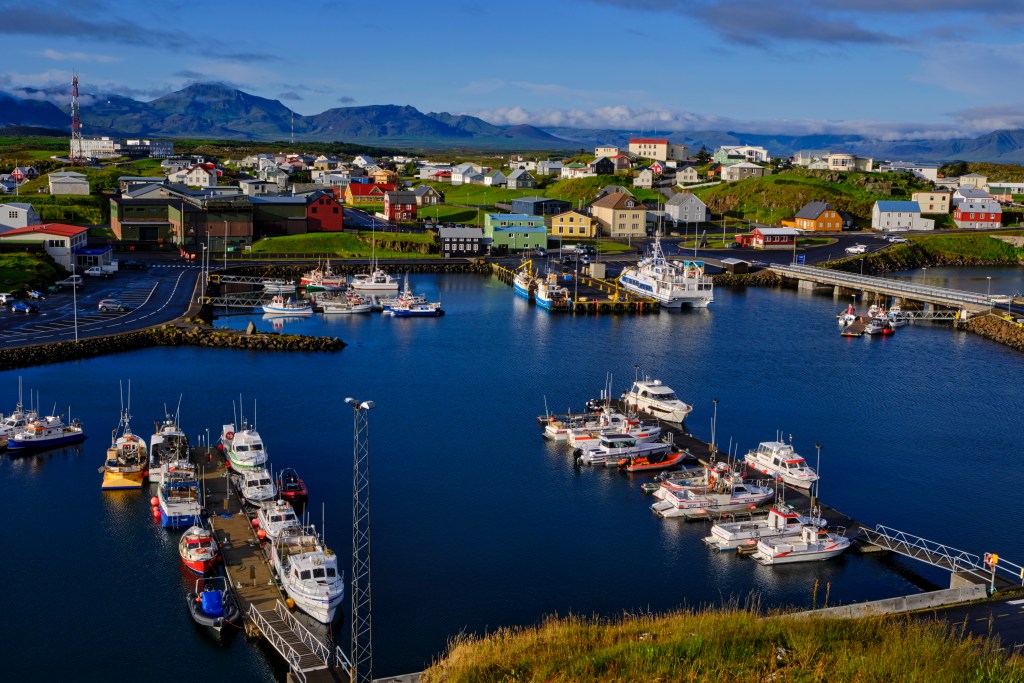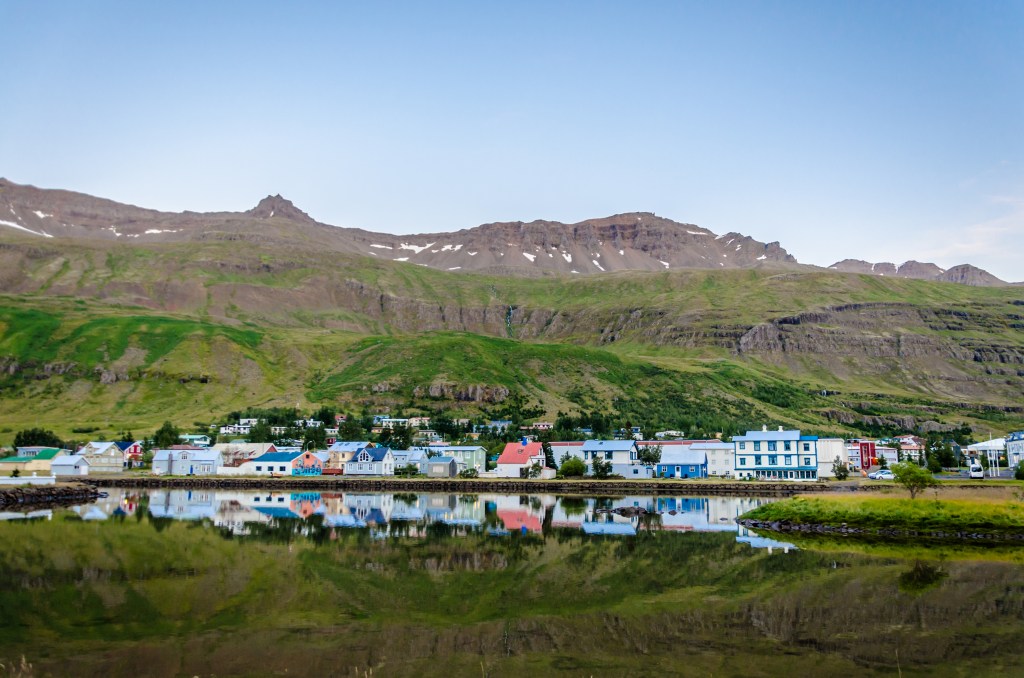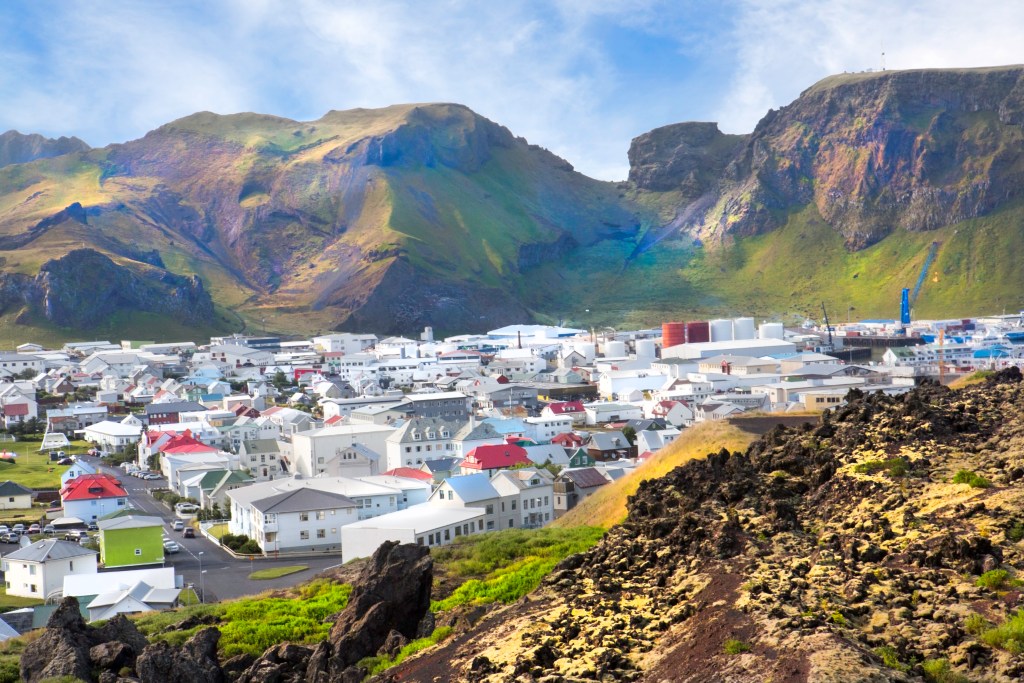It’s been a tough year for tourists heading to Italy, Spain, and Portugal.
These three popular Mediterranean destinations have been facing waves of anti-tourism sentiments. After years of unsuccessfully appealing to city authorities to change hospitality-facing regulations, angry locals turned their attention directly to tourists.
Some were beamed with water guns. Others were cornered at calm cafes.
And many were left wondering whether they’d made a huge mistake shelling out thousands to visit popular but suddenly tourist-hating European destinations.
Here’s my take as a permanent resident of Spain who has lived in Barcelona for seven years: anti-tourism sentiment in these locations has been building for a long time, and is now being compounded by a new wave of digital nomads who arrived on legal working visas. Words like gentrification have entered the chat.
There’s no quick fix to the issues brought on by a decade (or more) of mass tourism, in other words. Governing bodies need to make impactful regulatory changes to shift the sentiment towards tourists, in my opinion.
So, if you’re a little sensitive to a place’s ‘vibe’, then I highly suggest visiting another location in Europe.
For example, places that aren’t as suspicious of outsiders and don’t overcharge for everything. Cities where temperatures don’t soar into the 90s or higher. Attractions where the crowds don’t block the view and leave you prone to pickpockets. Areas where locals might even be happy to show off their hometown.
Sounds like a fairytale, right? In reality, you can find locations like these all around Europe. I’ve done a bit of heavy lifting for you based on the last seven years of traveling around the continent.
These are 10 European cities that want tourists like you to come say hello. I’ve also included a few countries, where applicable.
10 European cities that want tourists like you to visit
- Cantabria, Spain
- Bucharest, Romania
- Tbilisi, Georgia
- Copenhagen, Denmark
- Graubünden or Grisons, Switzerland
- Brussels, Belgium
- Krakow, Poland
- Bulgaria
- Wales
- Finland
10 European cities that want tourists (plus, 3 countries)
Cantabria, Spain
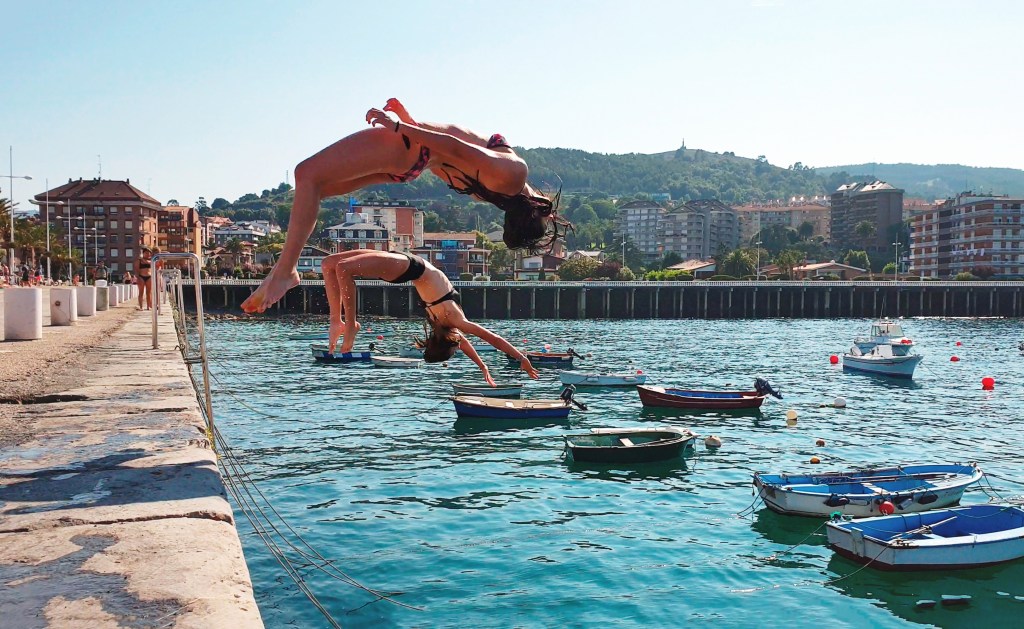
In an act of defiance, I’m recommending a Spanish destination straight off the bat. Cantabria is a Northern, coastal province known as ‘Little Switzerland’ thanks to its gorgeous mountains.
Located west of Pais Vasco or Basque Country, it also puts you in proximity to cities like Bilbao. It’s also home to the Cave of Altamira, one of Spain’s 12 National Treasures, and locals who (probably) don’t own any water guns.
Here’s where to stay and what to do in Cantabria.
Bucharest, Romania
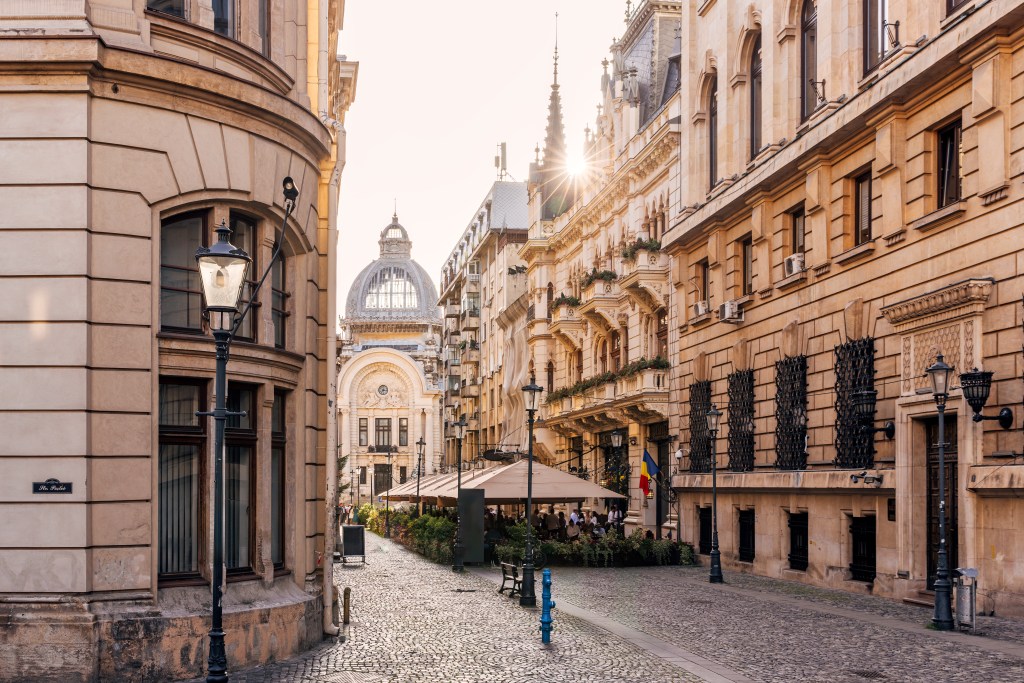
Romania is enjoying a travel boom thanks to domestic European interest in visiting. From backpackers to ravers, Bucharest has started to attract tourists who want a grittier and more authentic travel experience. (I’ve heard it likened to Berlin twenty years ago.)
Aside from authenticity, Bucharest is also known for its lovely Belle Epoque architecture, and is even home to the world’s second-largest building, the Palace of the Parliament.
Here’s where to stay and what to do in Bucharest.
Tbilisi, Georgia
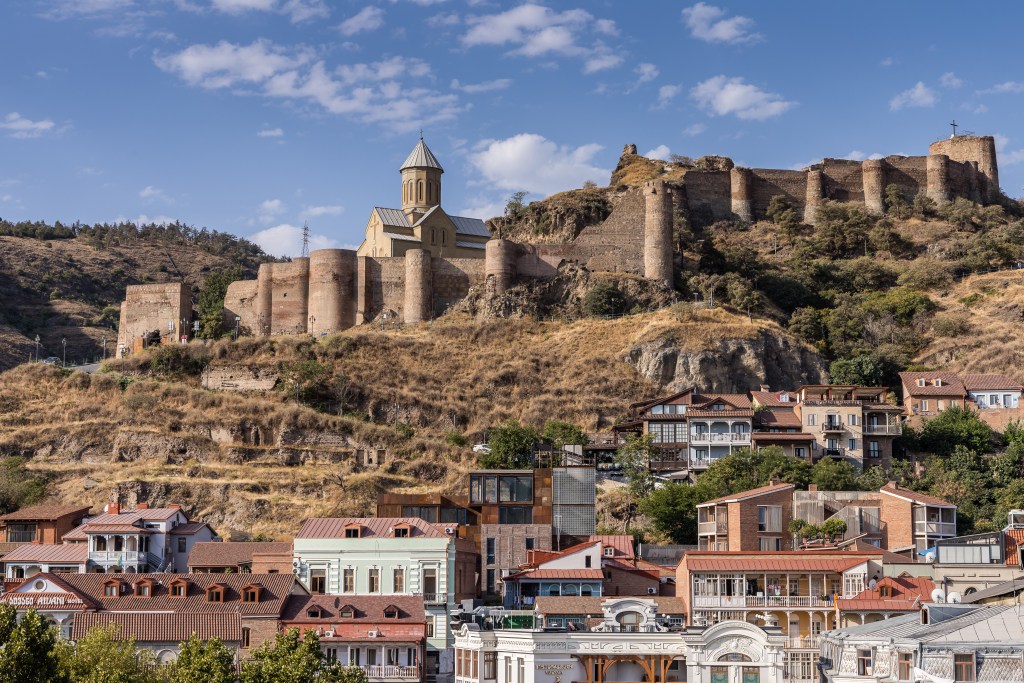
Similar to Bucharest (and Bulgaria, below), Tbilisi is full of life—and locals are passionate about showing off their city. Expect exciting new projects, from vinyl stores to lounges to art galleries.
In Tbilisi, you also have tons of history to enjoy, as it’s one of Europe’s oldest capitals, with a staggering 15 centuries of traditions to dig into. Also, the mountains surrounding the city are dramatic and absolutely gorgeous.
Here’s where to stay and what to do in Tbilisi.
Copenhagen, Denmark
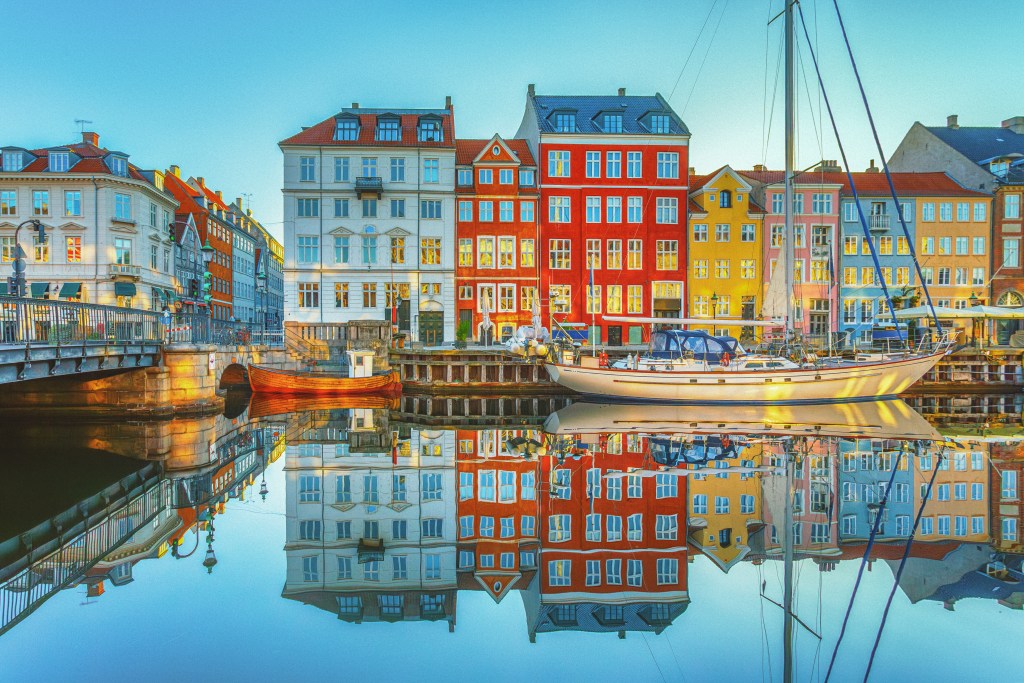
If you read my recent piece on Copenpay, you might already know that Copenhagen, the capital of Denmark, has a solid tourist program. You just show up, contribute a little bit to the city, and then reap a reward that’s proportionate to your service.
That should clue you in: Tourists are very welcome in Copenhagen, so long as they respect the city and keep the noise and riff-raff down. In exchange, you get to experience lovely townhouses and canals, a clean and sustainability-focused city, and iconic landmarks like the Little Mermaid.
Here’s where to stay and what to do in Copenhagen.
Brussels, Belgium

Everyone skips out on Brussels because it’s known as the ‘Capital of Europe’ and, by default, dubbed a boring city. That’s because Brussels is home to major headquarters, including both the EU and NATO.
That gives parts of the city a sterile, DC-like feel—but that’s hardly the end-all. Do you like chocolate and pastries? You’ll love Brussels. What about walkable, charming neighborhoods? Once again, you’ll love Brussels.
Here’s where to stay and what to do in Brussels.
Krakow, Poland
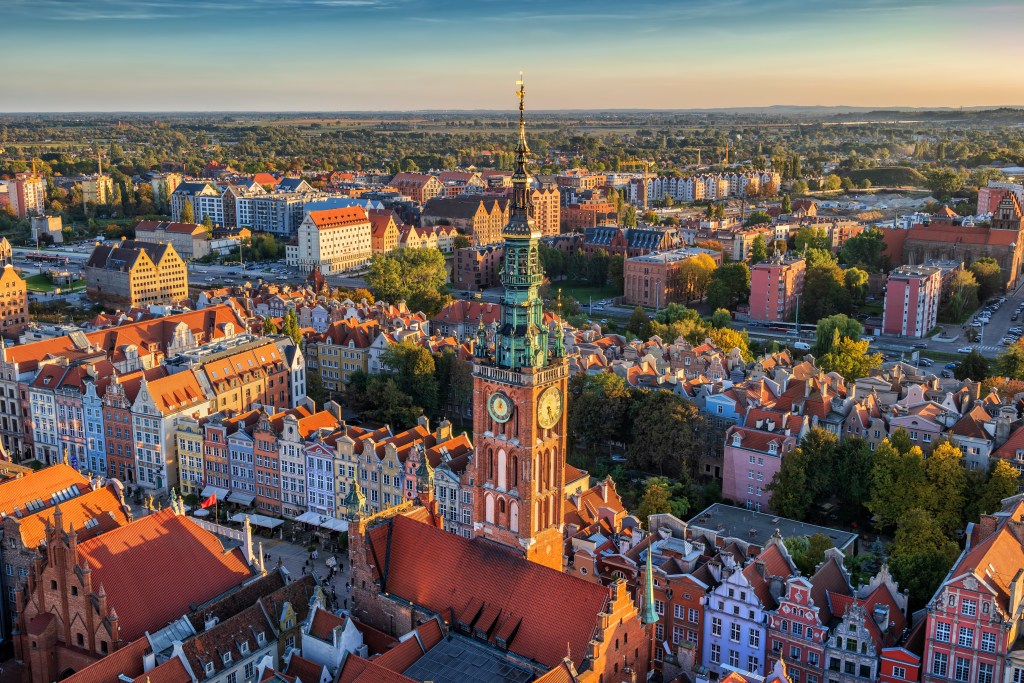
Krakow offers an unspoiled look into Poland’s long past, and especially its Medieval era. Much of the city was spared from destruction in WWII, giving you a front-row seat to places like the Wawel Castle and Wawel Cathedral—two places that I won’t forget visiting.
The former has a massive interior gallery that feels like something out of a dream or a fairytale storybook. I think ‘fairytale’ is a great way to describe Krakow in general. Like Wales and Catalonia, the city also has a thing for dragons.
Here’s where to stay and what to do in Krakow.
Graubünden or Grisons, Switzerland
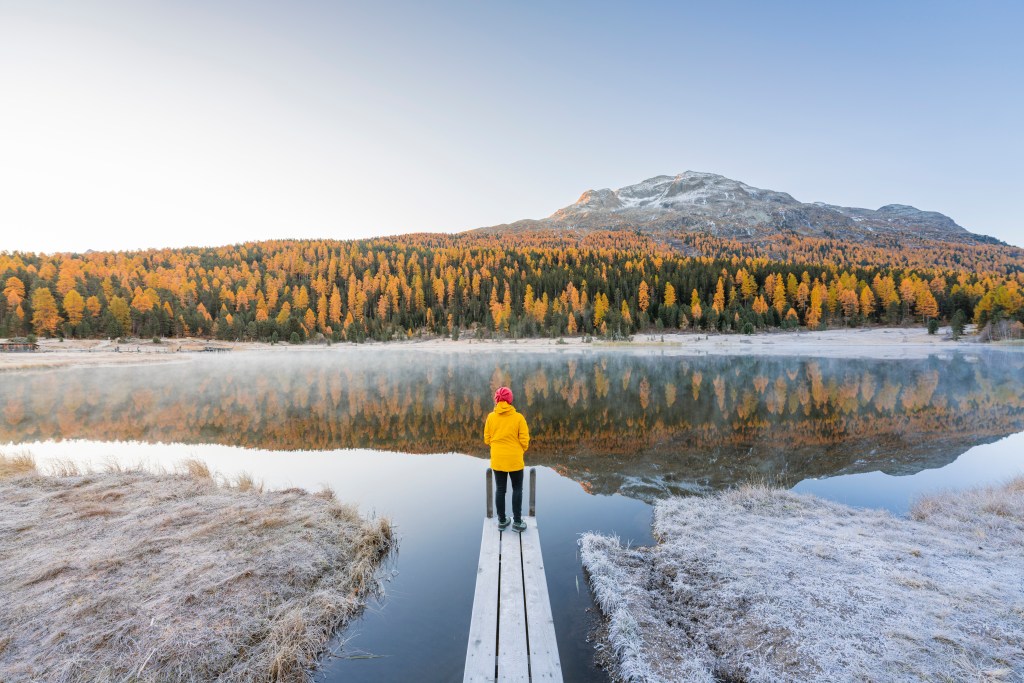
If you can foot the bill to Graubünden, Switzerland’s largest province (aka a canton), you’ll be treated to the world’s most stunning Alpine views.
And while you might be thinking about a winter visit, know that Graubünden is just as gorgeous in the summertime, offering cool temperatures and unbeatable hikes. Plus, those hefty prices drop in summer, letting you avoid hiked prices and crowds.
Here’s where to stay and what to do in Graubünden.
Bulgaria
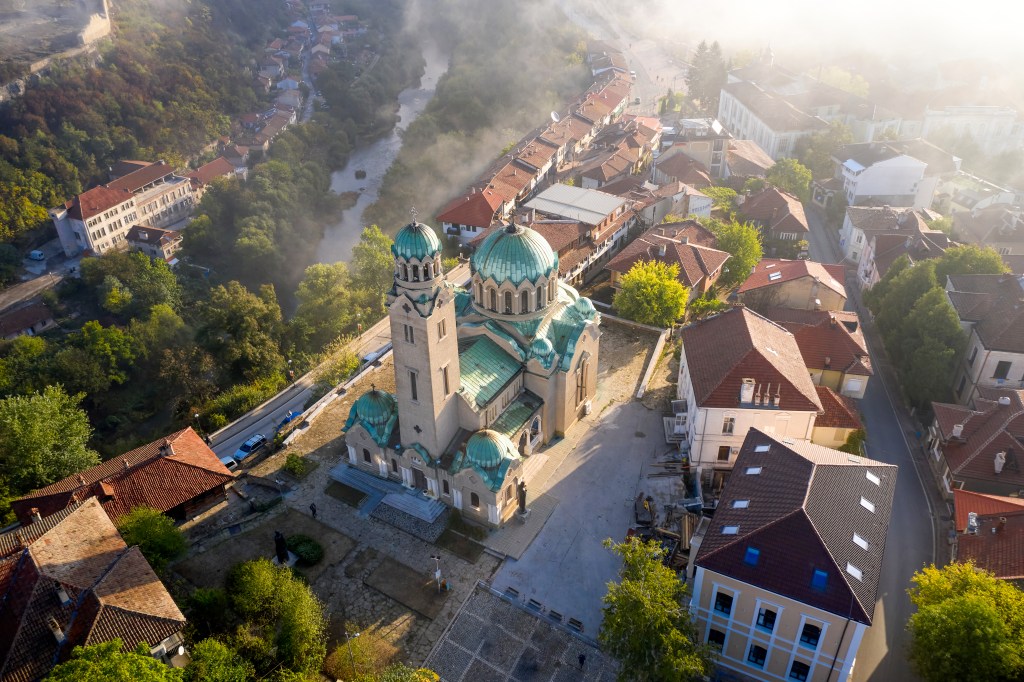
Bulgaria is yet another Eastern European country that is (incredibly) open to tourists. The capital city of Sofia is a feast for the eyes, and home to enough historic sites to keep you busy for a few days.
But I want to highlight one of Europe’s coolest and least-covered landscapes: the Black Sea. Bulgarian towns like Sozopol and Nessebar are home to ancient architecture… along with lovely beaches that come alive with summer festivities.
Forget the busy beach towns in the Mediterranean—Bulgaria’s Black Sea seaside resort towns have a more magical adventure in store for you.
Here’s where to stay and what to do in Bulgaria.
Wales

Looking for an escape from England? Head to Wales for rugged coastlines and mountains, and plenty of national parks. Many are home to historic castles; there’s an even ‘Iron Ring’ of well-known sites, including Harlech and Beaumaris.
Wales is also a great spot to head if you like history and folklore, as Welsh mythology usually flies under the radar compared to English and Scottish tales. Personally, I’d head straight to Anglesey…
Here’s where to stay and what to do in Wales.
Finland
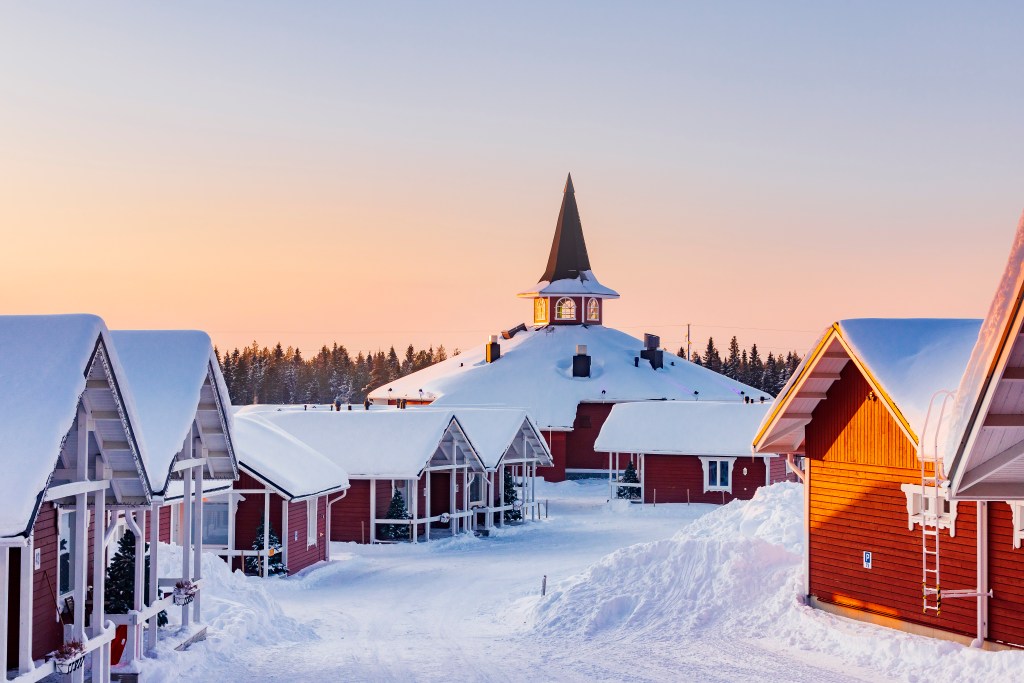
Which European cities want tourists to visit the most? Helsinki has to be one of them. Why is that? I’m rounding off my list with Finland—which is famously the world’s happiest country.
Given its northern location, Finland hasn’t been overrun with tourists. Whether you want to visit Santa Claus in the Arctic Circle or simply explore Europe’s northernmost capital city, you’ve got choices. Just make sure you arrive prepared if you’ll be experiencing Finland in winter.
